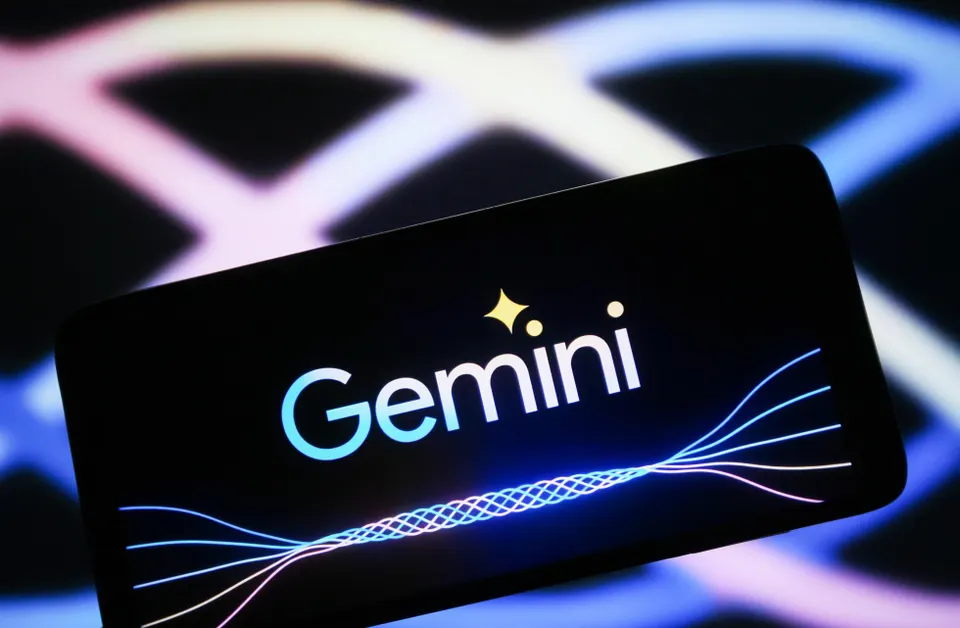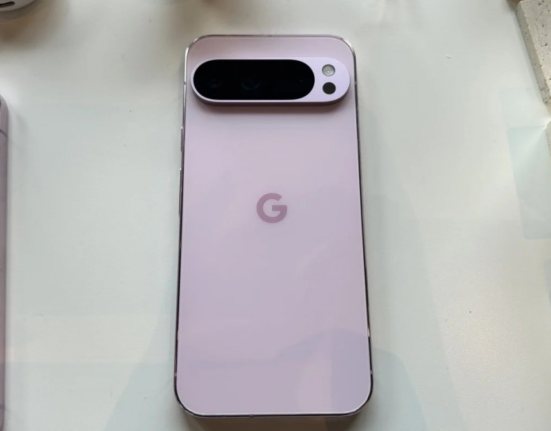In a move to improve its large language model (LLM) offering, Elon Musk‘s artificial intelligence (AI) startup, xAI, has announced the release of Grok-1.5.
This enhanced version of the Grok chatbot will be available to early testers and current Grok users on social media platform X (formerly Twitter) in the coming days, as announced on March 28.
Table of Contents
What is Grok 1.5?
Introducing Grok-1.5V, our first-generation multimodal model. In addition to its strong text capabilities, Grok can now process a wide variety of visual information, including documents, diagrams, charts, screenshots, and photographs. Grok-1.5V will be available soon to our early testers and existing Grok users.
Think of Grok 1.5 as a super-powered language model that can not only understand and generate text like its predecessors but can also handle visual information! Images, charts, diagrams — you name it, Grok 1.5 can process it. This multimodal capability allows Grok 1.5 to tackle tasks that were previously only limited to closed-source LLMs.

What is ChatGPT?
ChatGPT is an artificial intelligence (AI) chatbot that uses natural language processing to create humanlike conversational dialogue. The language model can respond to questions and compose various written content, including articles, social media posts, essays, code and emails.

What is Google Gemini?
Google Gemini is a family of AI models, like OpenAI’s GPT. They’re all multimodal models, which means they can understand and generate text like a regular large language model (LLM), but they can also natively understand, operate on, and combine other kinds of information like images, audio, videos, and code.
For example, you can give Gemini a prompt like “what’s going on in this picture?” and attach an image, and it will describe the image and respond to further prompts asking for more complex information.
Because we’ve now entered the corporate competition era of AI, most companies are keeping pretty quiet on the specifics of how their models work and differ. Still, Google has confirmed that the Gemini models use a transformer architecture and rely on strategies like pretraining and fine-tuning, much as other major AI models do.
Like GPT-4o, OpenAI’s latest model, Google Gemini was also trained on images, audio, and videos at the same time as it was being trained on text. Gemini’s ability to process them isn’t the result of a separate model bolted on at the end—it’s all baked in from the beginning.

In theory, this should mean Google Gemini understands things in a more intuitive manner. Take a phrase like “monkey business”: if an AI is just trained on images tagged “monkey” and “business,” it’s likely to just think of monkeys in suits when asked to draw something related to it. On the other hand, if the AI for understanding images and the AI for understanding language are trained at the same time, the entire model should have a deeper understanding of the mischievous and deceitful connotations of the phrase. It’s ok for the monkeys to be wearing suits—but they’d better be throwing poo.
By training all its modalities at once, Google claims that Gemini can “seamlessly understand and reason about all kinds of inputs from the ground up.” For example, it can understand charts and the captions that accompany them, read text from signs, and otherwise integrate information from multiple modalities. While this was relatively unique last year when Gemini first launched, both Claude 3 and GPT-4o have a lot of the same multimodal features.
The other key distinction that Google likes to draw is that Google Gemini has a “long context window.” This means that a prompt can include more information to better shape the responses the model is able to give and what resources it has to work with. Right now, Gemini 1.5 Pro has a context window of up to a million tokens, and Google will soon expand that to two million tokens. That’s apparently enough for a 1,500-page PDF, so you could theoretically upload a huge document and ask Gemini questions about what it contains.
Advancements in Grok-1.5
xAI’s Grok-1.5 demonstrates improvement in handling coding and math-related tasks.
Metrics show a significant increase in accuracy on the MATH benchmark, jumping from 23.9% to 50.6%.
While this positions Grok-1.5 closer to competitors like Google’s Gemini (58.5%) and OpenAI‘s ChatGPT (52.9%), it still lags behind these leading models in overall performance.
Shifting focus to language comprehension, the update also boasts an expanded memory capacity for Grok-1.5.
This allows it to understand longer contexts and perform more complex reasoning. Ultimately, this aims to deliver more nuanced and relevant responses during interactions.
Despite acknowledging Grok-1.5’s current limitations, xAI remains optimistic about the future. The company reportedly plans to develop Grok-2, a next-generation update that aims to surpass current AI models across all metrics.
Market impact and user focus
Since its launch in 2023, xAI has aimed to establish itself in the AI market, leveraging Musk’s influence and resources. The release of Grok-1.5 signifies their effort to attract more users and solidify their position within the rapidly evolving LLM industry.
The release of Grok-1.5 could heighten competition and potentially drive further innovation within the AI chatbot market.
It’s important to note that while there’s a surge of interest, it is not possible to buy xAI stock.
However, investors can still expose themselves to its performance by investing in alternative ventures owned by Musk.
Disclaimer ||
The Information provided on this website article does not constitute investment advice ,financial advice,trading advice,or any other sort of advice and you should not treat any of the website’s content as such.
Always do your own research! DYOR NFA
Coin Data Cap does not recommend that any cryptocurrency should be bought, sold or held by you, Do Conduct your own due diligence and consult your financial adviser before making any investment decisions!



